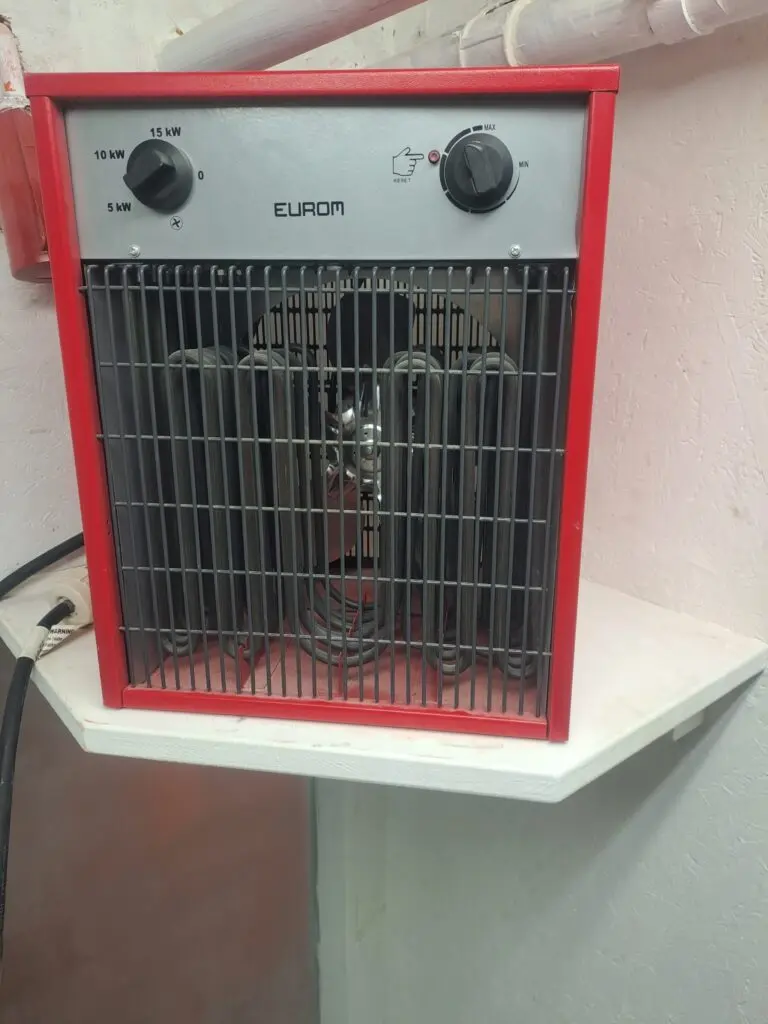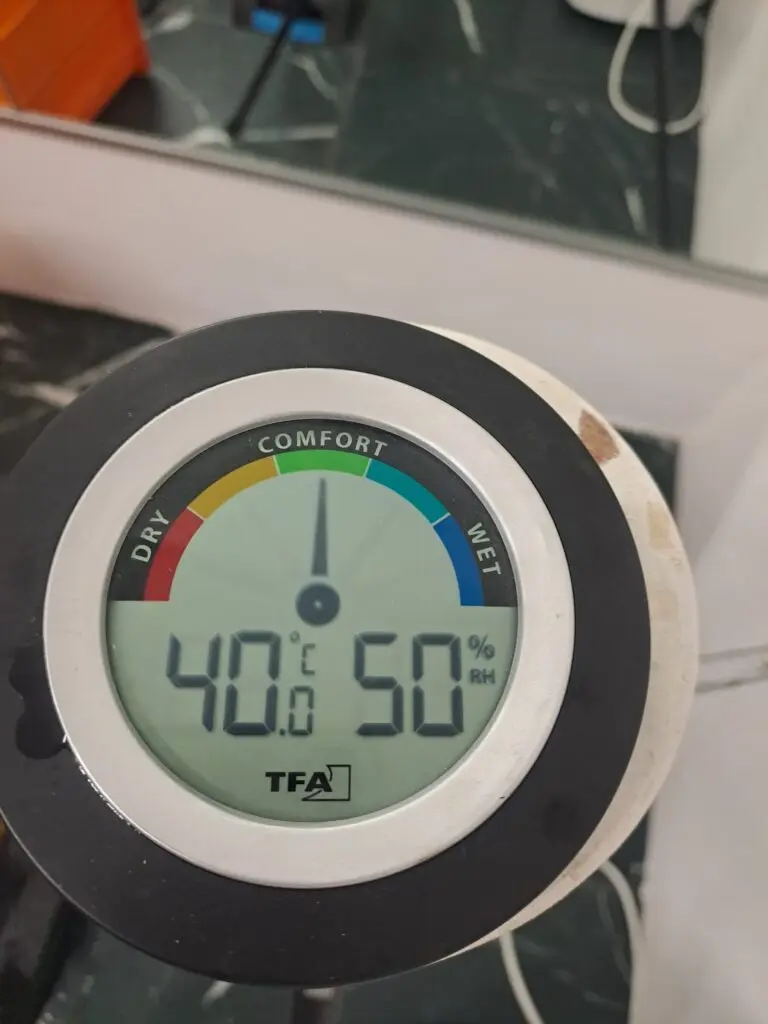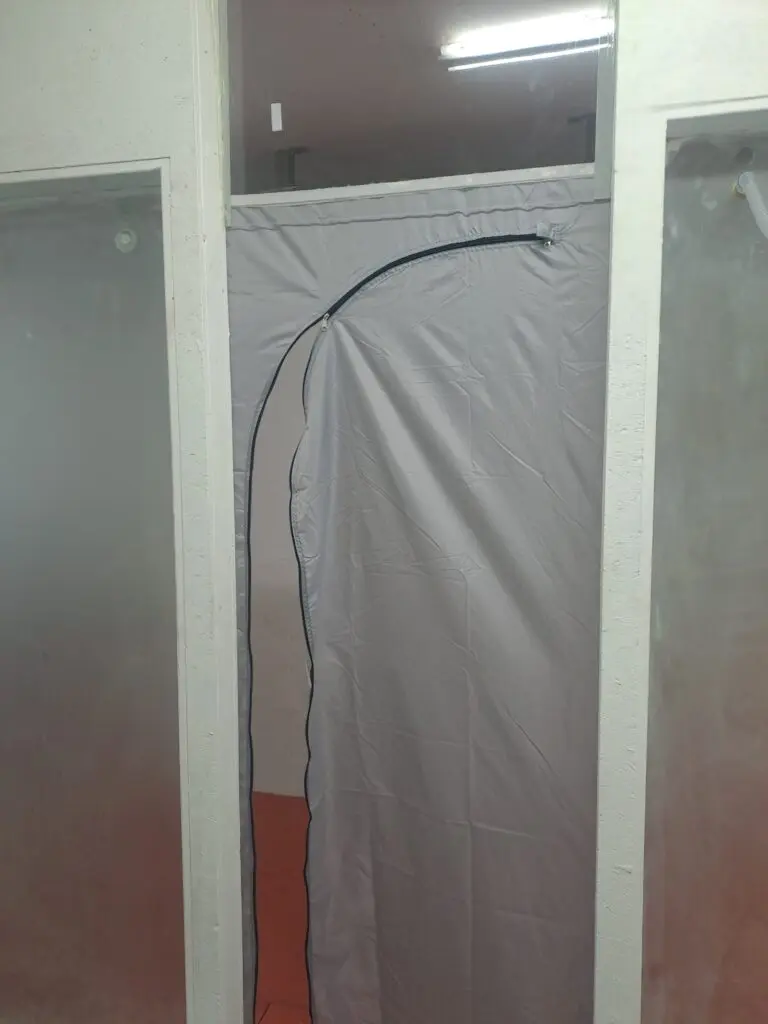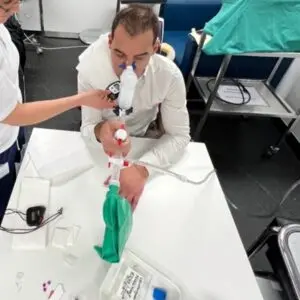Heat adaptation training
What’s the point?
Heat has a negative effect on your performance of more than 20%. That means that if you can ride at 300 watts for an hour, it’s still 240 watts, even though you’ve invested a lot in training to be able to maintain 300 watts for an hour. Just because your efficiency isn’t optimal in the heat, you should give up 20%? No way!
It is therefore no wonder that marathon personal bests are run at around 8° Celsius. You have probably already noticed that when the outside temperature is hot, the pulse rate is very high in relation to the performance. Unfortunately, only a few athletes recognise the potential of heat adaptation training. They often say, I am not good in the heat, it was not my day, etc. They forget or do not understand that the body likes to learn. It can adapt to the right stimuli such as heat so that it can deliver.
Heat adaptation training is about your body being able to perform better in the heat and understanding how to better dissipate the thermal heat it produces through an increased sweat rate. Becoming more resistant to external heat.
What happens physically when the body adapts to heat?
The first thing the body does when you prepare it with proper heat training is to increase the volume of blood plasma. Plasma is a similar substance to Ringer’s solution, which is given to exhausted athletes in the form of an infusion at the finish line. They usually feel better quickly afterwards. It increases the water content in the blood so that it can cool down better.
The second thing the body learns is to increase the sweat rate so that even the outermost capillaries of the skin are well supplied with blood. People would rather cool their skin than make all their blood available to the legs for performance. At a body temperature of 40.5° Celsius, things get critical. They used to tell me: If you sweat so much, then you’re not in top shape. That’s not true. The only thing that athletes who race the Hawaii IM, for example, have to remember is that if the sweat rate is higher than the amount of water an athlete can absorb during the competition, they will die. Weight loss will limit performance.
Heat adaptation training, also a type of artificial altitude training, is the perfect way to prepare for an altitude training camp, more about that later.
The point was that I couldn’t accept that external factors, like in this case the heat, would simply melt away my performance, which I had built up over weeks, months, even years. So I took the task of getting smart. And getting involved in a topic again. Ignorantly and intuitively, I had already implemented this on the sidelines in the 90s in America with a rain jacket on my bike in 40 degrees outside temperature. Without having a core sensor on my chest strap and without knowing what the whole thing would achieve. Now the time had come to approach the whole thing scientifically. In 2020, I bought the first core sensor with a suit and exchanged experiences with my athletes and other coaches. Then in December 2023, I decided to implement my protocol myself. Another journey began. Facts from the app vs. my feelings, intuition and body knowledge.
Below you will find out how I was able to increase my blood plasma by 6.8%.
Preparation
When I was getting my “Pain Cave” ready for future heat training, I remembered the 90s and the first painful attempts at walking. Back then, we still put our bikes in the sauna. Contrary to the general opinion that heat training should be done with a core suit, I finally decided to go a different route. And without a core suit. The feeling of a wet suit, which cools the skin temperature but still causes heat to build up, was too irritating for me. I preferred to simulate a heat situation using a very hot room. And in this way remind my body as best as possible how to best deal with the heat. So I went out and bought a 15 KW heater from a large hardware store. So that the heater could reach over 25° Celsius, I called my electrician friend, who removed the heater’s fuse. Of course, this also required a new power connection, as the heat lamp consumes 15 amps at 400 volts. This meant that my pain cave, which is 3.5m x 3.5m, was able to heat up to 48 degrees within 30 minutes.



implementation
The heat training takes place after normal training. So on top of your normal training. That means you have to do another 5 hours per week. Efficiency is the key to success. These 5 hours are worth it. Maybe you take a little from the Pot Zone 1 training, come home earlier and sit in the heat for another 50 minutes.
When do you know when you were able to produce the most blood plasma?
With the right heat adaptation training, the resting heart rate drops by another 2-4 beats. For example, my heart rate went from 34 to 32/31 and at the same time my maximum heart rate increased again. In contrast, the resting heart rate also drops in training camps, but it is difficult to increase the heart rate any further. So there is an upper limit. From the moment the resting heart rate increases again and the maximum heart rate decreases, the blood plasma is usually gone again. This happens relatively quickly, within weeks.
-
Who do I recommend heat training to?
- If your training volume is on average over 8 hours per week.
- If you have the desire and time to learn new training methods.
- If you are looking for that last 3-5% performance increase.
- When you prepare for altitude training.
- If your A competition takes place in a hot environment.
- If you know you have a problem with heat.
- If you are a professional.
Blood volume measurement
From the beginning I wanted to create clarity. For this reason I looked for a place where blood plasma could be measured. As far as I know there are only three places in Switzerland: Magglingen, Lausanne and Zurich.
The whole thing works as follows. Using the carbon monoxide (CO) rebreathing method according to Schmidt and Prommer, the hemoglobin mass (Hbmass) and blood volume can be determined. The total amount of Hbmass of a person indicates the oxygen transport capacity of that person. The higher the Hbmass, the more oxygen can be transported per unit of time. The Hbmass is directly proportional to the VO2max and is considered an important limiting factor of the VO2max in top endurance sports. The principle of the method is based on the inhalation of a small amount of CO. This quickly diffuses from the lungs into the blood and binds directly to the hemoglobin molecule. The basic idea is to measure the change in the CO bound to the hemoglobin after administration of a defined amount of CO. A small change in the CO concentration bound to the hemoglobin reflects a large hemoglobin mass and a large change reflects a small hemoglobin mass:
Method description: https://bloodtec.de/sportsmedicine/

result
In the initial test, I had an absolute Hb mass of 1055 grams with a blood volume of 7.995 liters, or 13.9 grams per kilogram of body weight. After the 2 heat blocks @ 3 weeks over 3 months, I had 1127 grams Hb mass and 8.723 liters of blood, an increase of 6.8%, which is an extraordinarily large increase and was of course clearly reflected in my performance curve.
Evaluation of blood volume measurement
If you are interested in what the evaluation of a blood volume measurement looks like, you can download my evaluation here.
My offer
If you are interested in the topic, I offer you an 8-week heat adaptation training for 890.- francs During this time, in consultation with your coach, we will focus entirely on the right training with the heat for you. There are small triggers over weeks and months that allow your body to undergo an adoption process. And they have a healthy and anabolic effect for the competition. If you make the training too extreme, you will suffer trauma and the opposite will happen at the competition. Then your body will shut down and will not be ready to perform. The topic of heat adaptation is therefore very demanding and should be implemented sensitively and together with your body.
Cost Pain cave
In total, I invested around 2,650 francs in the Pain Cave, where I can do my heat adaptation training. That’s about as much as a good set of wheels. Of that:
Radiant heater, approx. 150 francs
Electricity connection, approx. 1,000 francs
Dismantling heat sensor by electrician, approx. 250 francs
Two tests (blood volume) before and after heat training, approx. 1,000 francs
Core Adapter, approx. 250 francs
Registration for an 8-week heat adaptation training for CHF 890.-





